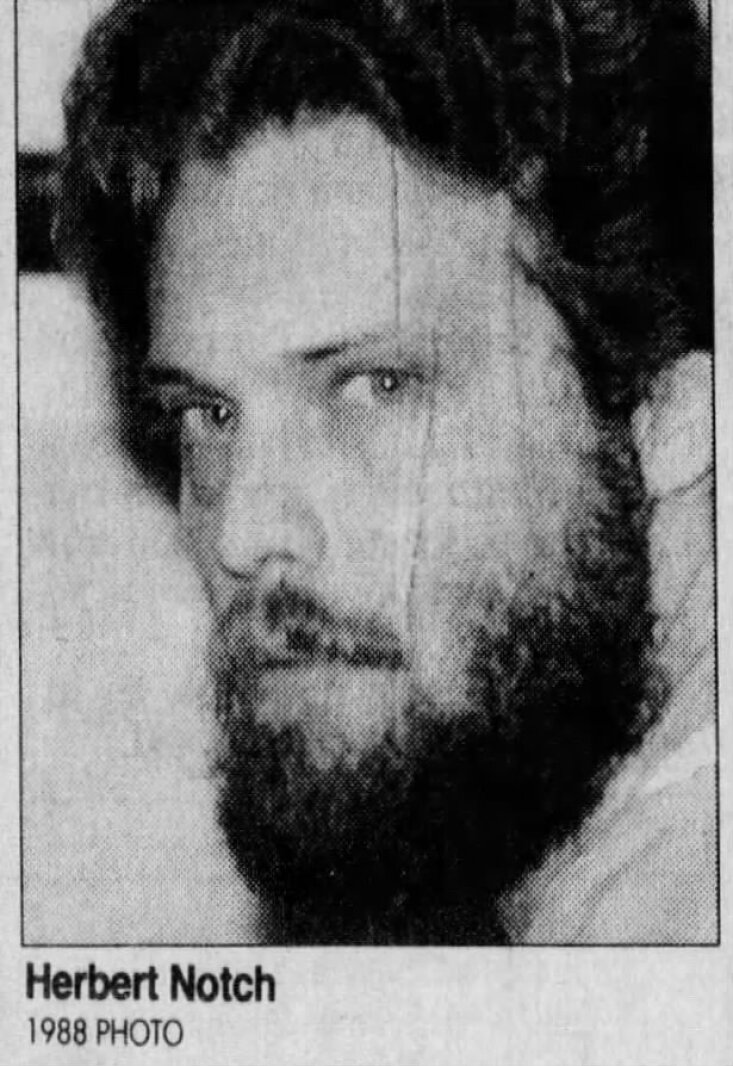Decades-Old Cold Case: DNA Analysis Could Link Notorious Criminal to 1974 St. Cloud Sisters' Murders

A chilling cold case in central Minnesota is gaining new hope thanks to advancements in DNA technology. Physical evidence recovered from the 1974 murders of two St. Cloud sisters is currently undergoing cutting-edge analysis, potentially unlocking crucial clues that remained hidden for nearly five decades.
The case, which deeply impacted the St. Cloud community, involved the tragic deaths of two young sisters. The investigation at the time yielded limited leads, and the case eventually went cold, leaving the sisters' family and law enforcement yearning for answers.
Now, with the emergence of more sophisticated DNA testing techniques, authorities are revisiting the evidence. This advanced analysis aims to extract and analyze DNA profiles from samples that were previously deemed unusable. The hope is that these profiles will provide a breakthrough in the investigation.
The focus of this renewed scrutiny is Herbert Notch, a man with a long and well-documented criminal history in central Minnesota. Notch was, and remains, a figure of notoriety in the region, known for a string of offenses prior to and following the sisters' murders. He has been described by some as central Minnesota's most notorious criminal.
Law enforcement officials are cautiously optimistic that the DNA results could potentially link Notch to the 1974 murders. If a match is found, it would represent a significant development in the case and offer a potential path toward justice for the victims and their family. However, authorities are emphasizing that the analysis is ongoing, and no conclusions have been reached.
This case highlights the power of forensic science and the enduring hope that advancements in technology can solve even the most challenging cold cases. The families of the victims are being kept informed of the progress, and the St. Cloud Police Department is committed to pursuing every avenue to bring closure to this tragic chapter in the city's history.
The DNA analysis is expected to take several weeks, and the results will be carefully scrutinized by experts. The potential implications of this investigation extend beyond the immediate case, serving as a reminder that justice can still be pursued, even after decades have passed, thanks to scientific innovation and unwavering dedication.






